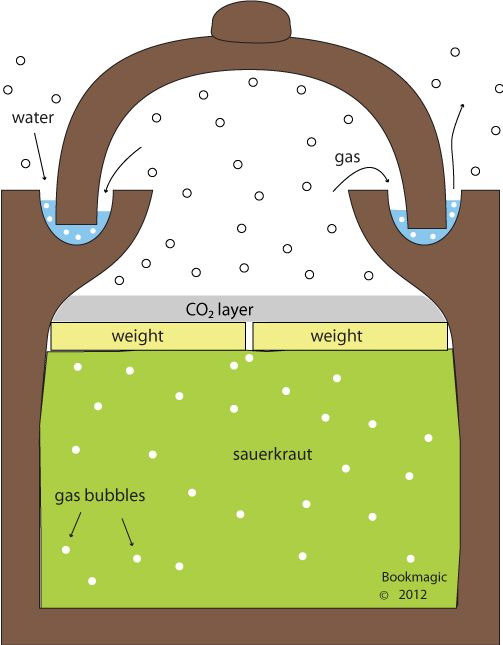Don't wanna be here? Send us removal request.
Text
25K notes
·
View notes
Text
A good way to know whether or not you have middle class privilege is if your family had a large stock of food staples just lying around.
I mean at any given time you’ve got a huge box of cans of tomato sauce, a huge bag of rice, a bunch of spices in your cupboard, a bunch of noodles and pasta just kicking around, and several cans of soup and frozen dinners for when you’re feeling lazy.
When one of my cousins moved out for the first time my aunt got her stocked up on staples. Flour, canned veggies, spices, sugar, rice, anything that doesn’t go bad in a few days. All that cost over $400 upfront.
After that initial investment in all that stuff though, living gets a lot cheaper. All your staples almost never run out all at once. So in one week you probably just buy some perishables like meat and veggies and maybe buy another giant bag of rice because your current one is sort of getting low.
So when people on the internet tell you that they can teach you how to make gourmet ramen for less than $3 they’re technically right but they’re also assuming that you just have a lot of these staples lying around and can afford to buy in bulk. Maybe the amount of miso paste you used only amounts to 10¢ but the entire bag cost $12.
If I only had 20$ to eat this week I’d already have a bunch of canned stuff and grains in my cupboard and I could probably afford to buy some cheap vegetables and meat. But if someone couldn’t afford to pay $400 to fill their cupboards up the first time they can’t rely on there already being rice when they only have $20 at the end of the month. They need to buy food as they want to use it. So in their situation it makes sense to buy a $1 hamburger from McDonald’s or a box of Mac n cheese and some milk to cook it with. Not vegetables that cost just as much as that box of Mac and cheese and won’t feed nearly as many people.
My dad and his siblings spent a good chunk of their childhoods being poor after their dad’s business went under and something they often tell me is that “the poor can’t afford to be thrifty.”
So anyways if you’re poor you probably already knew this but if you grew up lower to central middle class like I did you might not. And you might’ve wondered why people often get so mad in the comments of those videos that claim to make meals that cost less than a dollar. It’s because that bulk bag of rice from Costco you’re pulling from costs way more than a dollar and those videos don’t take that into account. They assume that everyone watching can afford to be thrifty.
13K notes
·
View notes
Text
As a side note… I am really annoyed by one thing about Star Trek.
“Replicated food is not as good as real food.”
That’s ridiculous. In Star Trek, replicator technology is part of the same tech tree as transporters. Replicated food would be identical to the food it was based on, down to the subatomic level.
52K notes
·
View notes
Text
take everything I say with a hint of garlic, ginger, spring onions and a dash of soy sauce
55K notes
·
View notes
Text
Medium salsa. Use a chip for a spoon and once it got soggy put it aside and get a new one.
543 notes
·
View notes
Text
I said I was going to make my partner whatever cake she wanted for her birthday this year. So anyway. it's the fucking smörgåstårta



9K notes
·
View notes
Text
You should be starting a recipe book. I don't give a shit if you're only 20-years-old. The modern web is rotting away bit by bit before our very eyes. You have no idea when that indie mom blog is going down or when Pinterest will remove that recipe. Copy it down in a notebook, physically or digitally. Save it somewhere only you can remove it. Trust me, looking for a recipe only to find out it's been wiped off the internet is so fucking sad. I've learned my lesson one too many times.
98K notes
·
View notes
Text
There are a very few pieces of food history that I consider to be in my personal keeping, and this is probably chief among them. This story has had a page at our old European Cuisines website since the late 1990s.
National Chocolate Fondue Day (February 5th) is almost upon us. So here's an updated version of what I know about this particular fragment of the Old [Food] Magic.
581 notes
·
View notes
Photo


Remember that time all the Pokemon just ate good-ass looking food in the middle of the forest and got drunk.
259K notes
·
View notes
Text
I can’t believe that the sacredness of shared meals is not well known???
Mealtime is an extremely important cultural and social ritual. There are psychological benefits for cooking for other people, and serving a meal stabilizes the emotions between the provider and the receiver. Cooking with your partner, like accomplishing any task together, strengthens relationships. Eating together strengthens communal bonds and helps with mental health. Sharing the same food with someone else builds trust, cooperation, and a sense of connectivity. It’s a shame how in our fast paced society we don’t value the importance of regularly breaking bread with one another
108K notes
·
View notes
Text
the white-green gradient of a freshly chopped spring onion…. c'est magnifique
109K notes
·
View notes
Text
Cozy Wooloo chocolate cream tarts with fluffy whipped cream 🐑🍫 So simple to make, yet so cute!




Edit: Plus a bonus holiday version! 🐑🔔


4K notes
·
View notes
Text
This is a water-seal stoneware crock. The design is ancient.

It is, essentially, a large ceramic vessel that you put vegetables and sometimes brine into. To prevent spoilage, you place those ceramic weights on top of whatever food is in the crock, and that keeps them weighted down, below the level of the water. Because fermentation creates gases, most crocks have a "water groove" in them. The lid sits in the groove, which allows air to escape but not come in. Because fermentation creates gas, the interior of the crock is positive-pressure, and because the gas created is almost entirely carbon dioxide, it's a low-oxygen environment that additionally helps prevent spoilage.

And all this would be pointless without lactobacillus, the bacteria that chomp down on the vegetables you put into the crock. They're anaerobic, which means totally fine without oxygen, and they produce an environment that's inhospitable to most other organisms. The main things they produce are CO2, which means no oxygen for other bacteria, and lactic acid, which makes the fermented thing sour and also decreases the pH low enough that many other bacteria cannot survive. They tolerate high levels of salt, which kill yet more competitor bacteria. It ends up being a really really good way to keep food from going off.
Our ancestors figured this out thousands of years ago without knowing what bacteria were. This general ceramic design has been in use around the world in virtually every place that had ceramics, salt, and too much cabbage or cucumbers that was going to rot if they didn't do something about it. It's thousands of years old, so old that it gets hard to interpret the evidence of the ceramics.
And I have crocks like this in my kitchen, where I make my own ferments, and I always think about how beautiful and elegant it all is, and how this was probably invented hundreds of times as people converged on something that Just Works.
(I do have pH testing strips though.)
13K notes
·
View notes
Text
Fiction by author. Nonfiction by genre/subject. Kids books get their own section that's more by size because so many of them are weird sizes or shapes I dont want messing each other up.
3K notes
·
View notes
